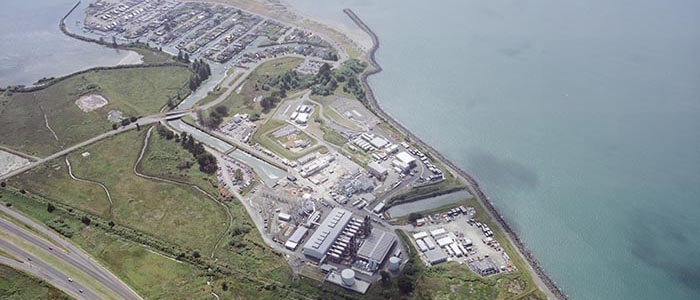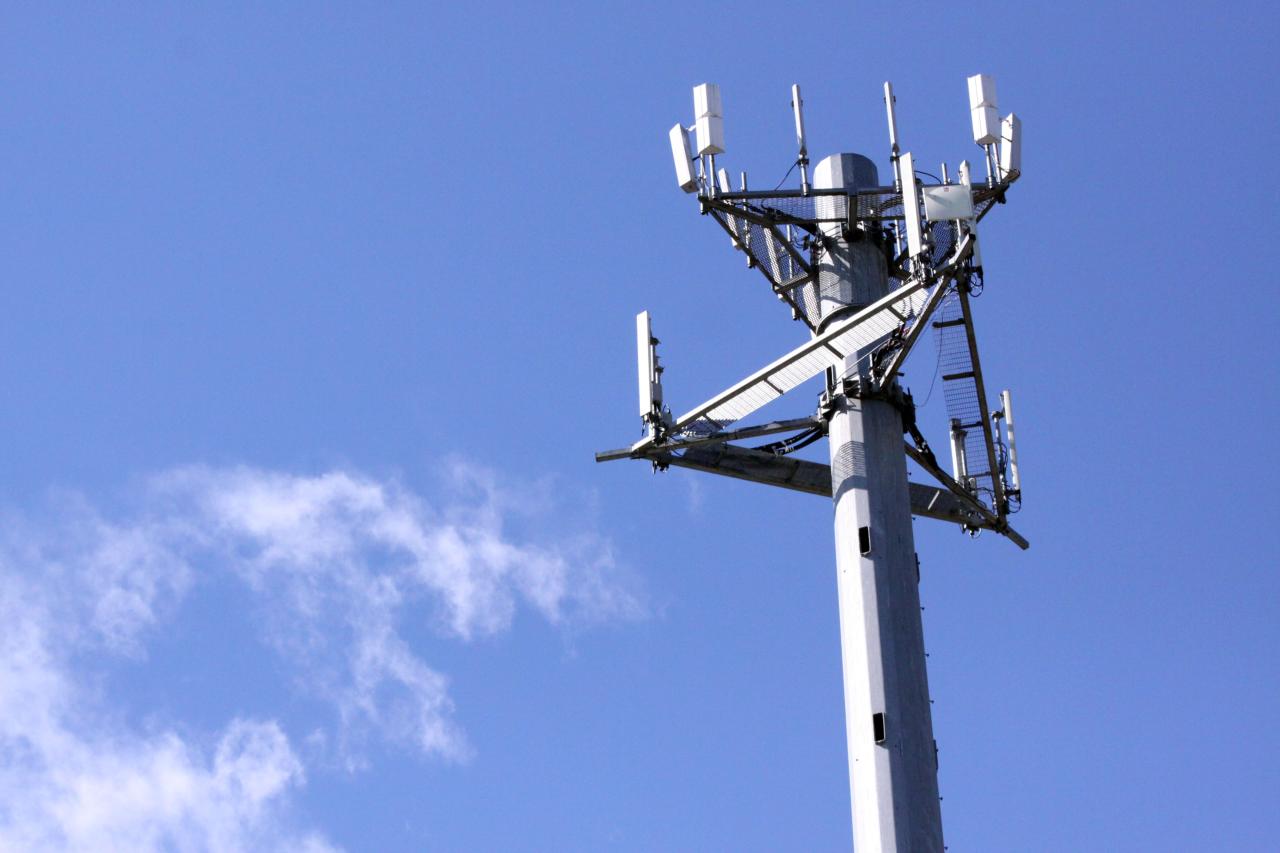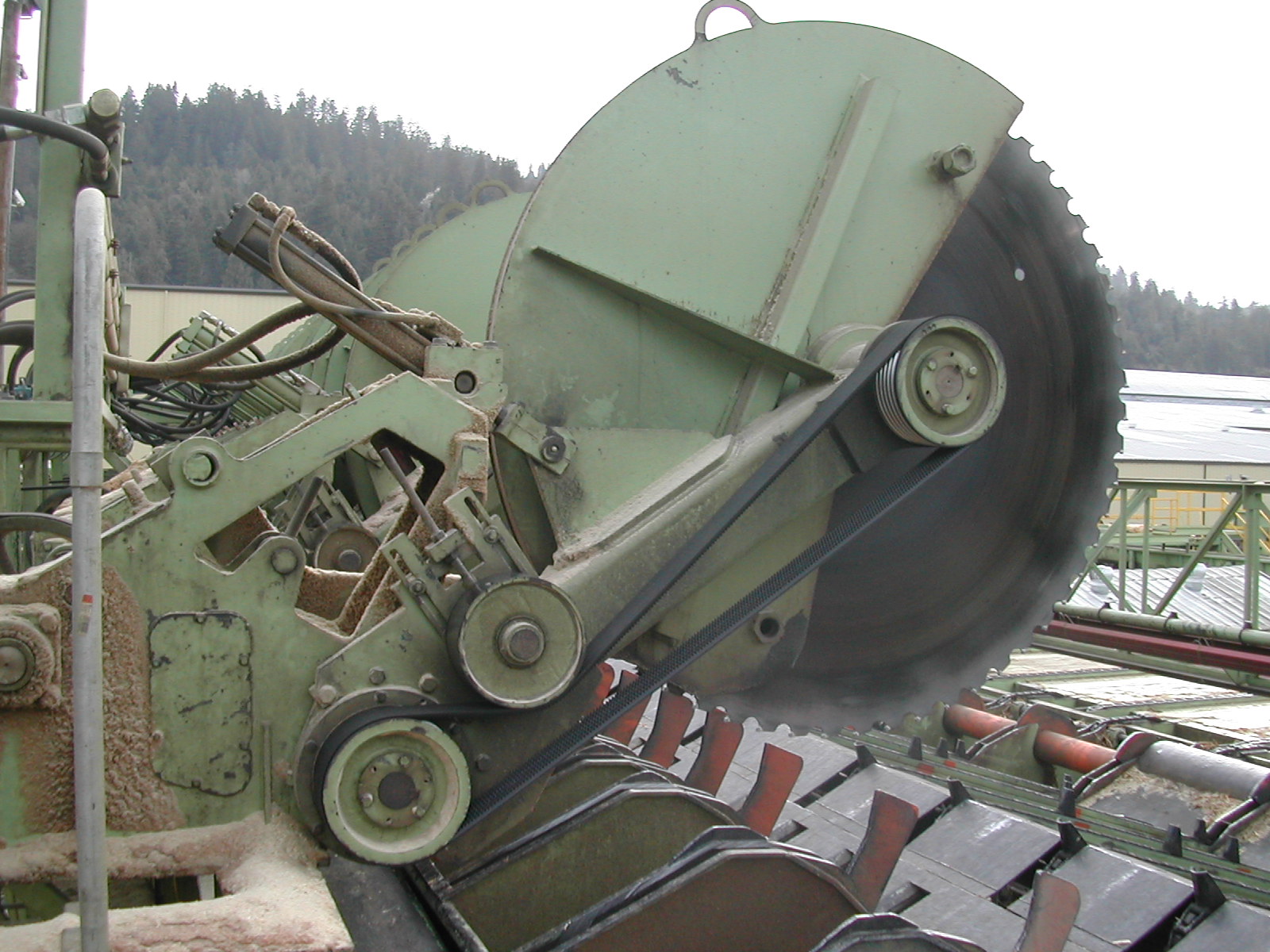Industrial Projects
Humboldt Bay Power Plant Decommissioning
Decommissioning of Humboldt Bay Power Plant (HBPP):
WEI has been the primary onsite civil engineering presence at HBPP plant since 2009. WEI functioned as the lead civil engineering firm for design, coordination and oversight throughout all decommissioning phases. WEI’s civil/structural design team facilitated all the stakeholder coordination and work-planning necessary to successfully remove the nuclear components, prior to demolition and extraction of the obsolete subterranean structure.
Located in a highly active seismic region, HBPP is adjacent to Humboldt Bay and under the jurisdiction of the California Coastal Commission, the Nuclear Regulatory Commission (NRC), and numerous other state and local entities/advocacy groups. WEI responsibilities for this $1+ billion-dollar project included
- civil and structural engineering services;
- infrastructure design and mapping;
- grading and drainage system design;
- regulatory permitting;
- staff augmentation; and
- design of new structures to handle and package radioactive waste shipments.
Because of its unique characteristics and subsequent engineering challenges and solutions, industry professionals from around the world have made visits to view this successful decommissioning project.
Final Site Restoration of HBPP:
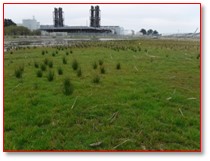
Currently coming to completion, the final physical phase of the decommissioning effort has been to permanently restore and conserve approximately 15 unutilized acres of the decommissioned nuclear power plant grounds surrounding the remaining operating power plant. WEI began coordinating the alternative site configurations with the applicable state and federal agencies on an interdisciplinary team in 2013. The 3-year permitting process included: the typical California coastal regulators (Coastal Commission, U.S. Army Corps of Engineers (USACE), Northern California Regional Water Quality Control Board (NCRWQCB), California Department of Fish and Wildlife (CDFW); local Humboldt Bay Advocacy groups; and also, California Department of Toxic Substances Control (DTSC) and applicable branches of the Federal NRC.
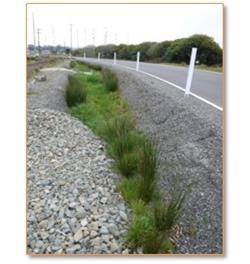
Upon issuance of the Coastal Development permit in 2016, WEI conceived the entire execution scope and initial resource loaded schedule for the field phase of work including the excavation and onsite deposition of over ~70,000 cu.yds. of spoils. WEI developed all of the work planning documents necessary to execute the restoration in compliance with the applicable permit conditions. Currently supporting the final phases of execution, WEI has generated numerous time and cost saving strategies to support project milestones while attaining the ecological goals of these crucial mitigation efforts. Shown here approximately 3 months after initial vegetation, the completed regions are already attaining mitigation goals and providing habitat for waterfowl.
Intake Canal Restoration at HBPP:
In an independent permitting and mitigation effort associated with the construction of the operating PG&E Humboldt Bay Generating Station (HBGS), WEI provided the project management and civil engineering construction support needed to complete the civil/industrial scope and attain diverse mitigation habitats, including eel grass and an oyster reef. The effort included the installation of sheet pile walls prior to the dewatering of the canal, excavation and demolition of the previously inundated ~10,000 sq.ft. intake headworks structure and subsequent removal of about 25,000 cubic yards of soils to attain the design elevations and habitat goals.
WEI provided key design insights to take advantage of existing resources and conditions while attaining the desired mitigation goals. To satisfy the applicable permit conditions of the California Energy Commission (CEC), WEI developed an innovative Low Impact Development (LID) storm water basin and drainage system in direct coordination and with the NCRWQCB and the California Coastal Commission. Utilizing over 60 years of hourly local precipitation data, the ½ acre sand-filter basin system was designed, sized, and their performance modeled through time, utilizing actual precipitation profiles of historic design storms flowing through an unconfined aquifer under pressure head.

Cellular Towers for Edge Wireless
Whitchurch Engineering provided foundation design, access road design, retaining wall design, soils reports, and geological hazard investigations for the cell tower locations. The towers are now part of the nationwide AT&T network.
Pacific Lumber Company Sawmill
Whitchurch Engineering designed additional foundation points for the bridge crane. Additionally, WEI designed the foundation for a new shop and maintenance building and performed inspections of foundations and high strength bolts.

